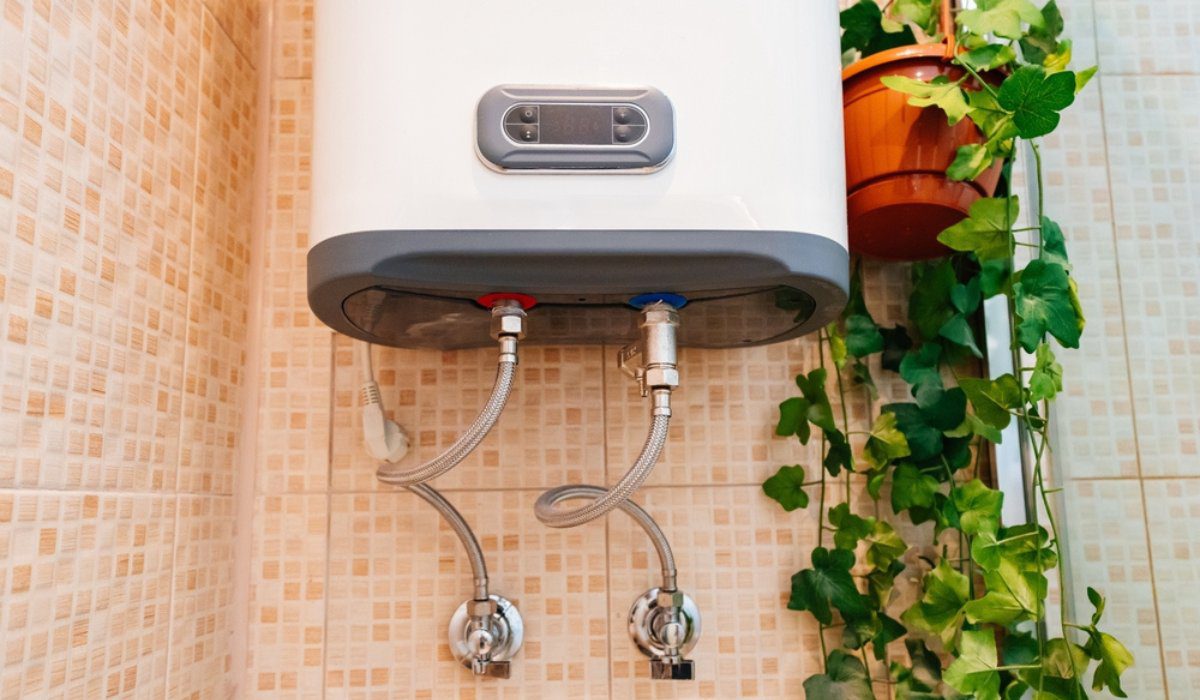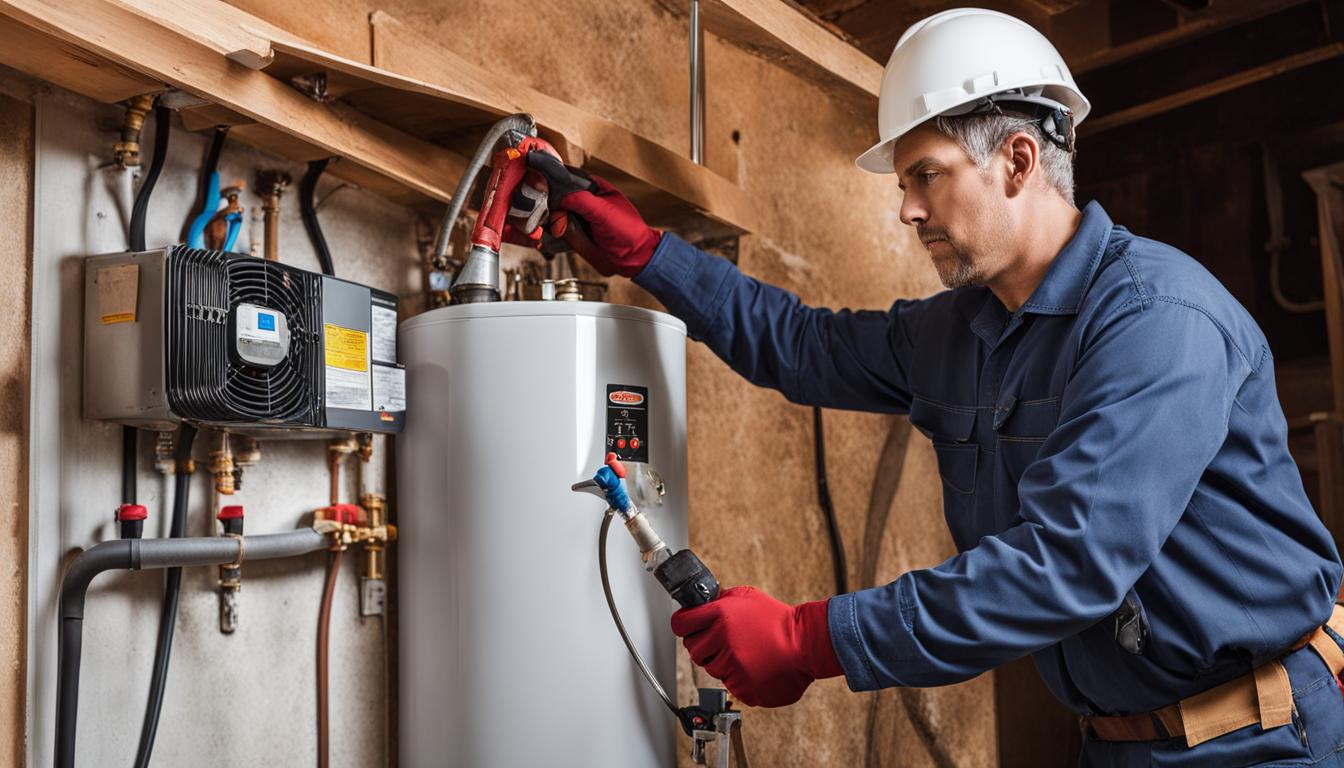How to Effectively Care for Your Home's Hot Water SystemMaking Sure Longevity of Your Home's Hot Water System: Maintenance Tips
How to Effectively Care for Your Home's Hot Water SystemMaking Sure Longevity of Your Home's Hot Water System: Maintenance Tips
Blog Article
Are you currently searching for insight on Water Heater Maintenance Tips You Can't Afford to Forget?

Warm water is vital for everyday comfort, whether it's for a rejuvenating shower or cleaning recipes. To ensure your warm water system runs efficiently and lasts longer, normal upkeep is key. This short article supplies practical suggestions and insights on just how to maintain your home's hot water system to prevent interruptions and expensive repair services.
Introduction
Preserving your home's warm water system could seem complicated, yet with a few basic actions, you can guarantee it operates efficiently for years to come. This overview covers every little thing from understanding your hot water system to DIY maintenance ideas and recognizing when to call in expert help.
Value of Keeping Your Warm Water System
Regular maintenance not only prolongs the life expectancy of your warm water system but likewise guarantees it runs efficiently. Overlooking upkeep can lead to reduced performance, higher energy expenses, and also premature failure of the system.
Indicators Your Warm Water System Needs Upkeep
Knowing when your warm water system requires focus can protect against major issues. Watch out for indicators such as irregular water temperature, unusual sounds from the heating system, or rusty water.
Understanding Your Hot Water System
Before diving into upkeep jobs, it's practical to understand the basic components of your hot water system. Generally, this includes the water heater itself, pipes, anode rods, and temperature level controls.
Month-to-month Upkeep Tasks
Normal month-to-month checks can assist capture minor problems prior to they rise.
Purging the Water Heater
Purging your hot water heater gets rid of sediment buildup, boosting performance and lengthening its life.
Monitoring and Replacing Anode Rods
Anode rods prevent deterioration inside the container. Checking and changing them when worn is critical.
Checking and Changing Temperature Level Setups
Changing the temperature settings makes certain ideal performance and safety.
Do It Yourself Tips for Maintenance
You can execute numerous maintenance tasks yourself to keep your warm water system in leading problem.
Checking for Leaks
Consistently check pipes and connections for leakages, as these can result in water damage and greater expenses.
Testing Stress Alleviation Valves
Testing the stress safety valve ensures it operates properly and avoids too much stress buildup.
Shielding Pipes
Insulating warm water pipes lowers warm loss and can save power.
When to Call a Professional
While do it yourself maintenance is beneficial, some concerns require specialist competence.
Facility Problems Calling For Expert Help
Instances include major leakages, electrical problems, or if your hot water heater is regularly underperforming.
Routine Specialist Maintenance Benefits
Expert maintenance can consist of thorough examinations, tune-ups, and guaranteeing compliance with safety requirements.
Conclusion
Normal upkeep of your home's hot water system is necessary for effectiveness, longevity, and expense savings. By adhering to these suggestions and understanding when to look for expert aid, you can make sure a dependable supply of warm water without unexpected disturbances.
How to Maintain an Instant Hot Water Heater
Before tinkering with your hot water heater, make sure that it’s not powered on. You also have to turn off the main circuit breaker and shut off the main gas line to prevent accidents. Also turn off the water valves connected to your unit to prevent water from flowing into and out of the appliance. 2. When you’re done, you have to detach the purge valves’ caps. These look like the letter “T” and are situated on either side of the water valves. Doing so will release any pressure that has accumulated inside the valves while at the same time avoid hot water from shooting out and burning your skin. 3. When the purge valves’ caps are removed, you have to connect your hosing lines to the valves. Your unit should have come with three hoses but if it didn’t, you can purchase these things from any hardware or home repair shops. You can also get them from retail stores that sell water heating systems. Read the user’s manual and follow it to complete this task properly. When the hosing lines are connected, open the purge port’s valves. 4. You should never use harsh chemical cleaners or solutions when cleaning your unit. Make use of white vinegar instead. It should be undiluted and you’ll probably use about 2 gallons. 5. Now flush your water heater. This task should probably take about 40 minutes. We can’t give you specific directions for this because the procedure is carried out depending on the type, model and brand of your heater. With that being said, refer to the user’s manual. 6. When you’re done draining the unit, you have to turn off the purge port valves again. Remove the hosing lines that you earlier installed on each of the water valves. Put the valve caps (purge port) back in their respective places and be very careful so as not to damage the rubber discs that are found inside these caps. 7. Now that everything’s back in place, check your user’s manual again to find out how to reactivate your water heating system. 8. Once it is working, turn one of your hot water faucets on just to let air pass through the heater’s water supply pipes. Leave the tap on until water flows smoothly out of it. https://www.orrplumbing.com/blog/2014/september/how-to-maintain-an-instant-hot-water-heater/

As a person who reads on How to Maintain a Hot Water Heater in a Few Simple Steps, I think sharing that information was important. Are you aware of another person who is curious about the subject? Feel free to promote it. I take joy in your readership.
Click Here Report this page